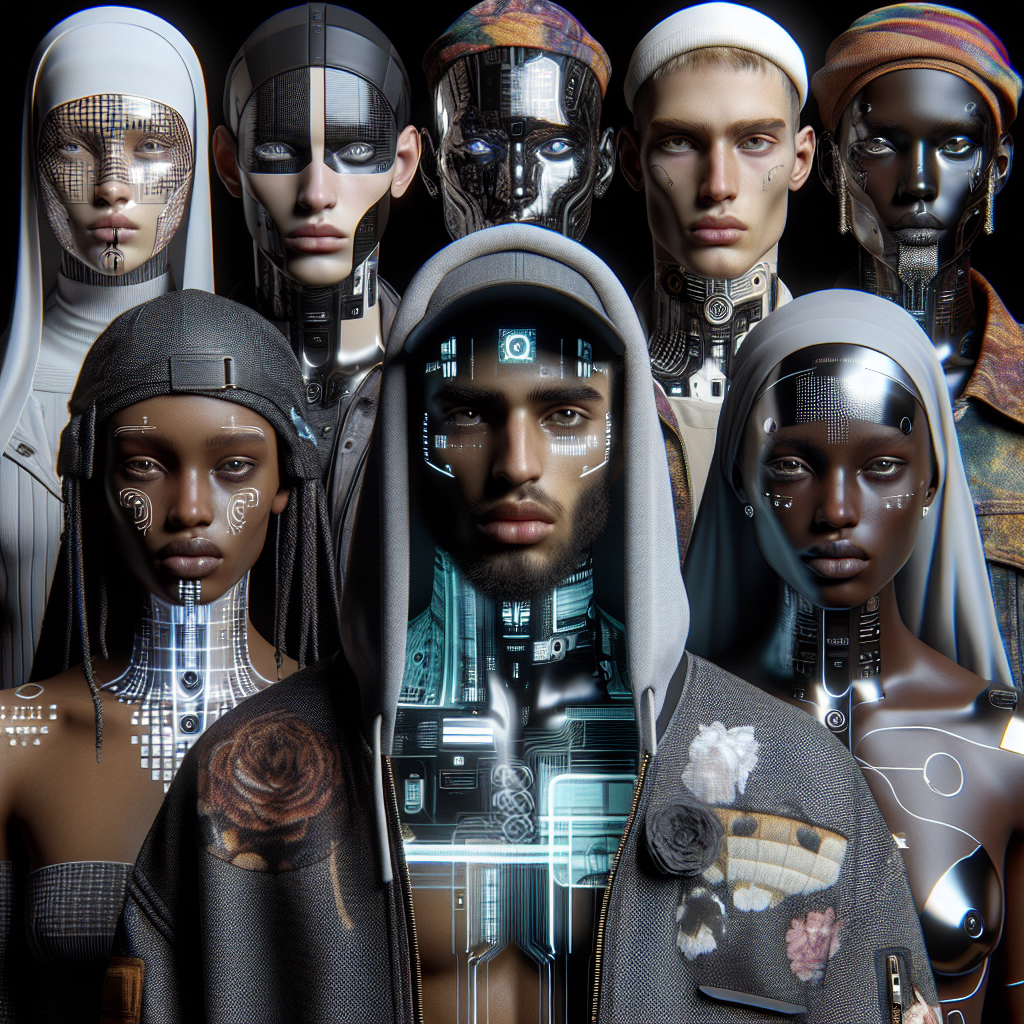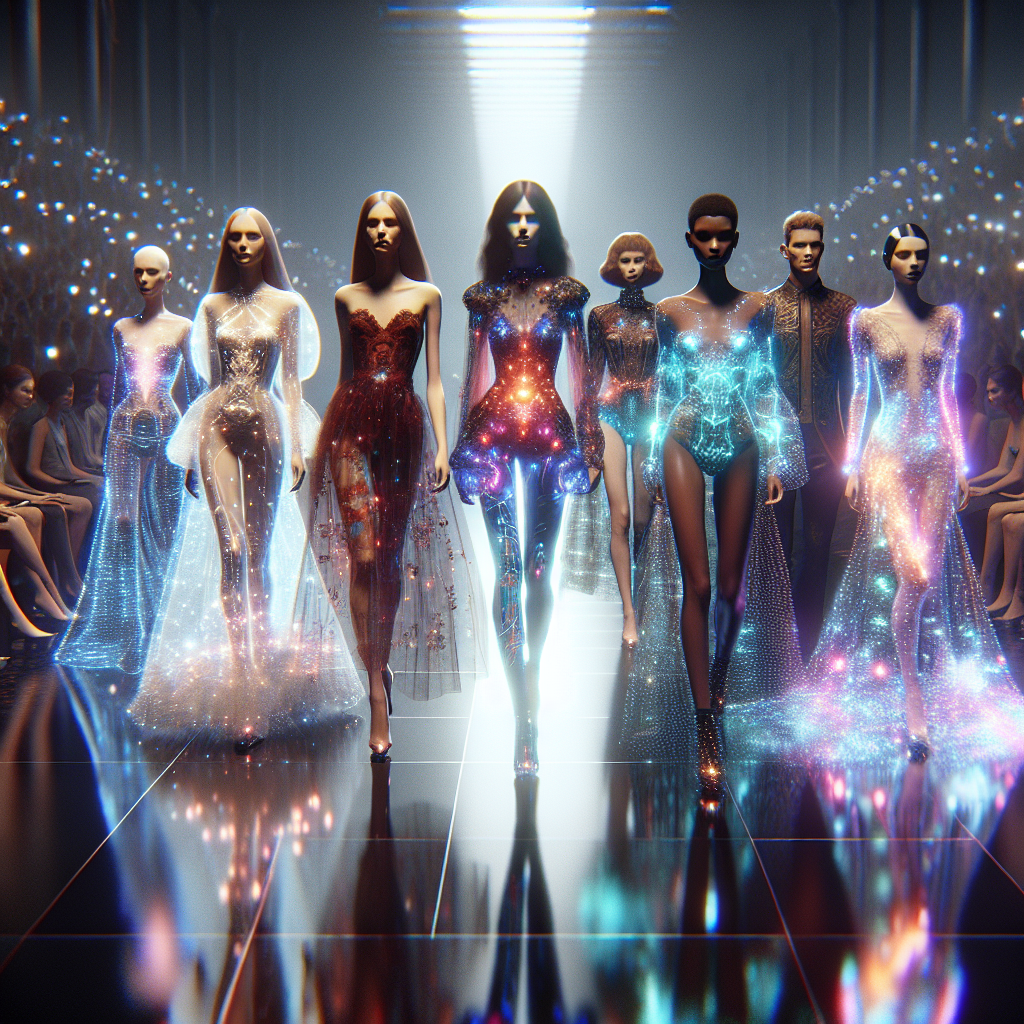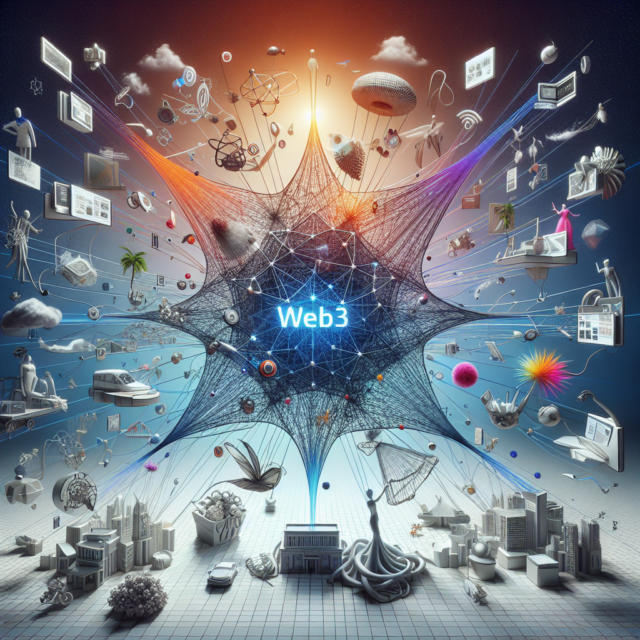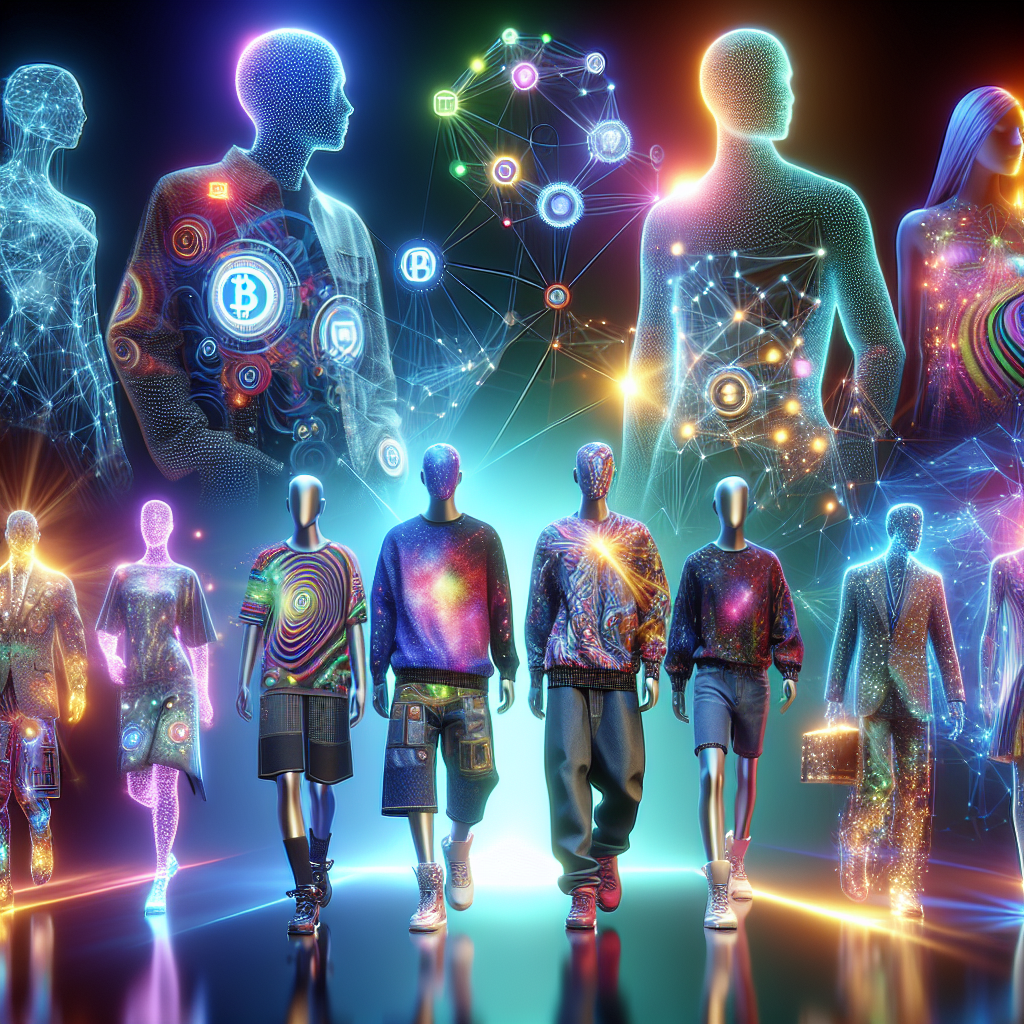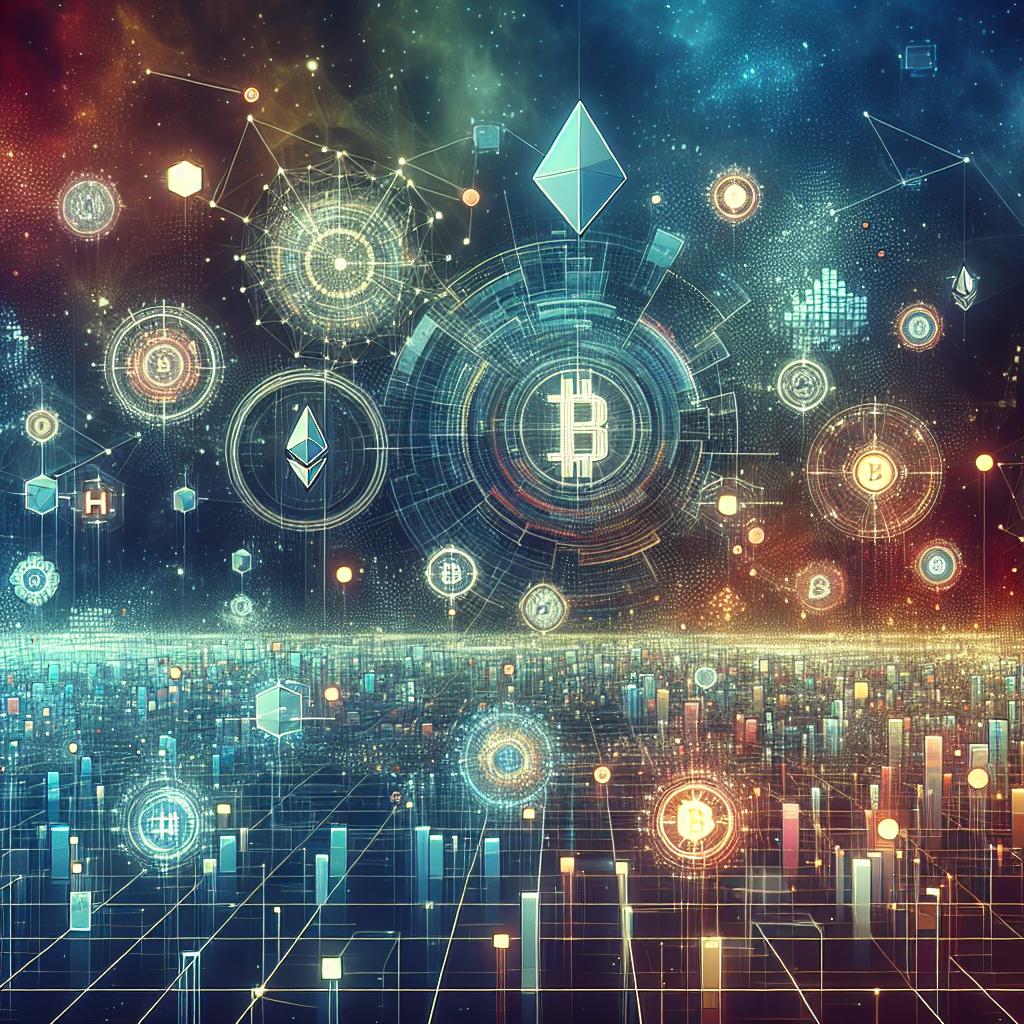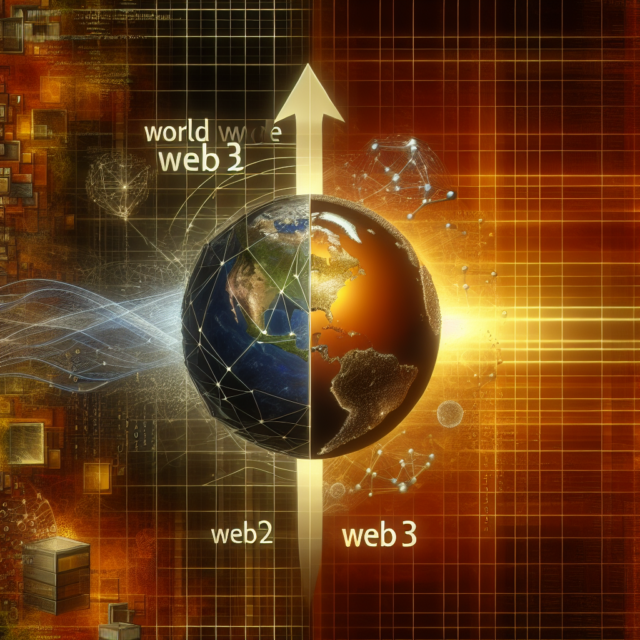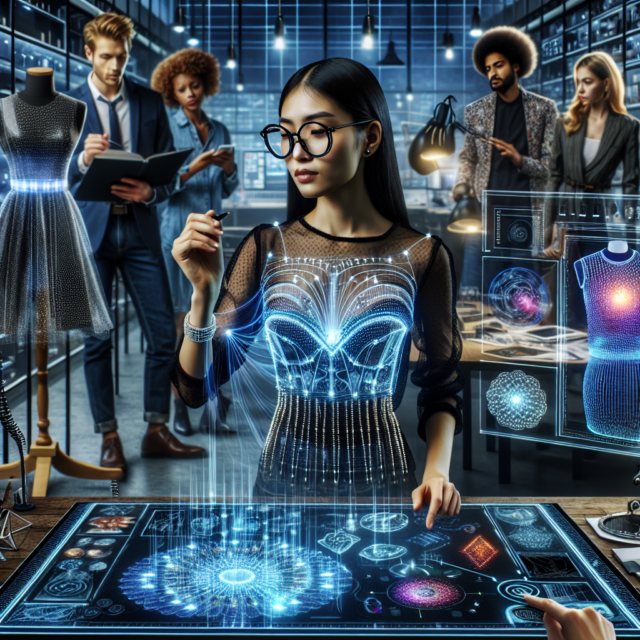The Rise of Web3: How Blockchain Technology is Revolutionizing the Internet
The internet has become an integral part of our daily lives, from communication and entertainment to shopping and banking. However, with the rise of centralized platforms and data breaches, concerns about privacy and security have also increased. This has led to the emergence of Web3, a new era of the internet that is powered by blockchain technology.
Web3, also known as the decentralized web, is a term used to describe the next generation of the internet. It is built on the principles of decentralization, transparency, and security, and aims to give users more control over their data and online interactions. This is made possible through the use of blockchain technology, which is the backbone of Web3.
Blockchain technology is a decentralized ledger that records and stores data in a secure and transparent manner. It is the technology behind cryptocurrencies like Bitcoin and Ethereum, but its potential goes far beyond just digital currencies. With its decentralized nature, blockchain eliminates the need for intermediaries, making it a more efficient and secure way to store and transfer data.
One of the key innovations of Web3 is the concept of self-sovereign identity. In the current internet landscape, users have to rely on centralized platforms to store and manage their personal information. This puts their data at risk of being hacked or misused. With Web3, users have full control over their identity and can choose what information they want to share with different platforms. This not only enhances privacy but also reduces the risk of identity theft.
Another major innovation of Web3 is the concept of decentralized applications (DApps). These are applications that run on a decentralized network, rather than a single server. This makes them more resilient to cyber attacks and censorship, as there is no central point of failure. DApps also offer a more transparent and fair system, as they are governed by smart contracts that are executed automatically without the need for intermediaries.
Web3 is also revolutionizing the way we handle financial transactions. With the use of blockchain technology, payments can be made directly between two parties without the need for a bank or other financial institution. This not only reduces transaction fees but also eliminates the risk of fraud and chargebacks. Additionally, blockchain-based payment systems are faster and more efficient, as they operate 24/7 and can process transactions in a matter of seconds.
The rise of Web3 has also given birth to the concept of decentralized finance (DeFi). DeFi refers to financial services that are built on blockchain technology, such as lending, borrowing, and trading. These services operate without the need for intermediaries, making them more accessible and affordable for users. DeFi has the potential to disrupt traditional financial systems, as it offers a more inclusive and transparent alternative.
Web3 is not just limited to financial and identity-related innovations. It is also transforming the way we interact with content on the internet. With the rise of Web3, content creators can now monetize their work directly without relying on advertising revenue or third-party platforms. This is made possible through the use of blockchain-based content platforms, where users can pay for access to premium content using cryptocurrencies.
In conclusion, Web3 is revolutionizing the internet in ways we could have never imagined. Its decentralized and transparent nature is paving the way for a more secure, fair, and inclusive online world. With the rise of Web3, we can expect to see more innovations and advancements in various industries, from finance and identity management to content creation and beyond. It is an exciting time to be a part of this technological revolution, and the potential for a better internet is endless.
Exploring the Potential of Web3: A Look into Decentralized Applications and Smart Contracts

The internet has revolutionized the way we live, work, and communicate. With the rise of Web 2.0, we saw the emergence of social media, e-commerce, and other interactive platforms that have transformed the digital landscape. However, as technology continues to advance, we are now entering a new era of the internet – Web3. This next generation of the internet is set to bring about even more significant changes, particularly in the realm of decentralized applications and smart contracts.
Web3, also known as the decentralized web, is a term used to describe the evolution of the internet from a centralized system to a decentralized one. This means that instead of relying on a central authority, Web3 operates on a peer-to-peer network, where users can interact directly with each other without the need for intermediaries. This shift towards decentralization has been made possible by the development of blockchain technology.
Blockchain technology is the backbone of Web3, and it is what enables the creation of decentralized applications (DApps) and smart contracts. DApps are applications that run on a decentralized network, making them resistant to censorship and tampering. These applications are built on blockchain technology, which ensures that all data and transactions are transparent and immutable. This means that DApps can provide a level of security and trust that traditional centralized applications cannot.
One of the most significant advantages of DApps is their potential to disrupt traditional industries. For example, in the financial sector, DApps can provide an alternative to traditional banking systems by allowing for peer-to-peer transactions without the need for intermediaries. This not only reduces transaction fees but also eliminates the risk of fraud and manipulation. Similarly, in the healthcare industry, DApps can improve the security and privacy of patient data by storing it on a decentralized network, making it less vulnerable to cyber attacks.
Another crucial aspect of Web3 is smart contracts. Smart contracts are self-executing contracts that are coded on a blockchain network. These contracts can automatically enforce the terms and conditions agreed upon by the parties involved, without the need for intermediaries. This not only reduces the time and cost of contract execution but also eliminates the potential for human error. Smart contracts have the potential to revolutionize various industries, from supply chain management to real estate.
One of the most significant developments in the world of Web3 is the creation of decentralized autonomous organizations (DAOs). DAOs are organizations that operate on a decentralized network, with decisions being made through a consensus of its members. These organizations have no central authority, and all decisions are transparent and immutable, making them resistant to corruption. DAOs have the potential to transform the way businesses are run, as they provide a more democratic and decentralized approach to decision-making.
However, as with any new technology, Web3 also has its challenges. One of the main obstacles is the lack of user-friendly interfaces and adoption. While blockchain technology and DApps have been around for some time, they are still relatively new to the general public. This means that there is a learning curve for users to understand and navigate these decentralized networks. Additionally, there is a need for more user-friendly interfaces and applications to encourage widespread adoption.
In conclusion, Web3 is set to bring about significant changes in the digital landscape, particularly in the areas of decentralized applications and smart contracts. With its potential to disrupt traditional industries and provide a more secure and transparent way of conducting transactions, Web3 has the power to transform the way we interact with the internet. However, for this potential to be fully realized, there is a need for more user-friendly interfaces and widespread adoption. As we continue to explore the potential of Web3, it is clear that we are entering a new era of the internet that has the power to shape our future in ways we never thought possible.
Web3 and the Future of E-commerce: How Blockchain is Changing the Way We Shop Online
In recent years, the term “Web3” has been gaining traction in the tech world. But what exactly does it mean and how is it impacting the future of e-commerce? In this article, we will explore the concept of Web3 and how blockchain technology is revolutionizing the way we shop online.
Web3, also known as the decentralized web, is the next generation of the internet. It is built on the principles of decentralization, transparency, and user control. Unlike the current web, which is controlled by a few centralized entities, Web3 is a peer-to-peer network where users have more control over their data and interactions.
One of the key technologies driving Web3 is blockchain. Blockchain is a distributed ledger technology that allows for secure and transparent transactions without the need for intermediaries. This means that users can transact directly with each other, cutting out the middlemen and reducing costs.
So, how is Web3 changing the e-commerce landscape? Let’s take a closer look.
First and foremost, Web3 is making online shopping more secure. With traditional e-commerce platforms, users have to trust the platform to keep their personal and financial information safe. However, with Web3, transactions are encrypted and stored on a decentralized network, making it nearly impossible for hackers to access sensitive data.
Moreover, Web3 is also making online shopping more transparent. With blockchain technology, every transaction is recorded on a public ledger, allowing for complete transparency and traceability. This means that consumers can verify the authenticity of products and track their supply chain, ensuring ethical and sustainable practices.
Another significant impact of Web3 on e-commerce is the elimination of middlemen. Traditional e-commerce platforms charge fees for transactions and often take a cut of the profits. With Web3, these intermediaries are no longer needed, reducing costs for both buyers and sellers. This also means that small businesses and independent sellers can compete with larger corporations on a more level playing field.
Furthermore, Web3 is enabling new business models in e-commerce. One such model is the concept of decentralized marketplaces. These marketplaces are built on blockchain technology and allow for peer-to-peer transactions without the need for a central authority. This not only reduces costs but also gives more power to the users, as they can set their own prices and terms of sale.
In addition to these changes, Web3 is also making online shopping more personalized. With the use of smart contracts, which are self-executing contracts on the blockchain, e-commerce platforms can gather data on consumer preferences and behavior. This data can then be used to create personalized shopping experiences, making it easier for consumers to find what they are looking for.
Moreover, Web3 is also enabling the use of cryptocurrencies in e-commerce. With the rise of digital currencies like Bitcoin and Ethereum, consumers can now make purchases using these currencies on decentralized marketplaces. This not only provides more options for consumers but also reduces the risk of fraud and chargebacks for merchants.
However, like any new technology, Web3 also has its challenges. One of the main challenges is the lack of user-friendly interfaces. Currently, most Web3 applications require some technical knowledge to use, making it less accessible to the general public. However, as the technology evolves, we can expect to see more user-friendly interfaces that will make Web3 more mainstream.
In conclusion, Web3 and blockchain technology are transforming the e-commerce industry in many ways. From increased security and transparency to new business models and personalized shopping experiences, the potential for Web3 in e-commerce is vast. As the technology continues to evolve, we can expect to see even more innovations and advancements in the way we shop online.





